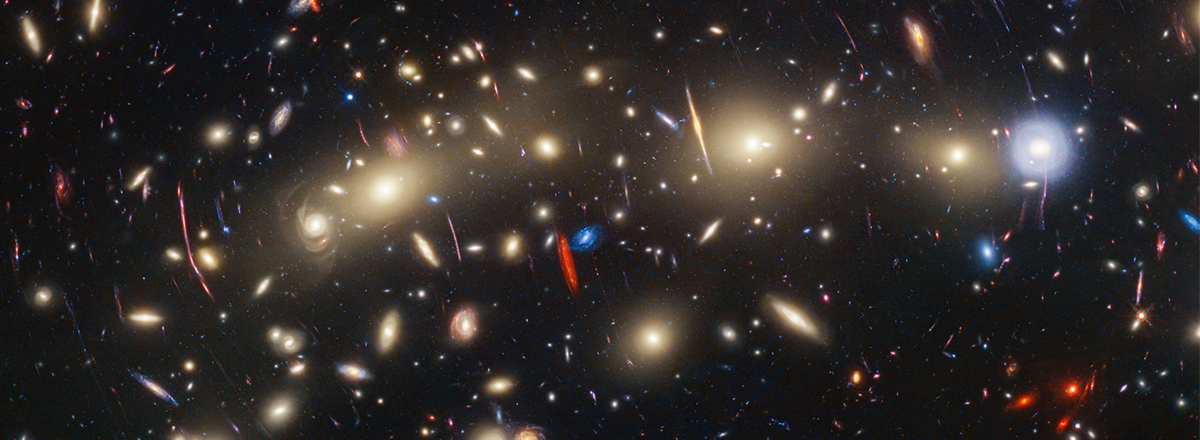James Webb and Hubble Telescopes Illuminate the Christmas Tree Galaxy Cluster
This collaborative effort between the two space telescopes has unveiled a rich tapestry of celestial wonders, offering a breathtaking glimpse into the cosmos. MACS0416 is actually a pair of colliding galaxy clusters.

The James Webb Space Telescope and the Hubble Space Telescope have joined forces to bring us an awe-inspiring view of a distant galaxy cluster known as MACS0416, aptly nicknamed the Christmas Tree Galaxy Cluster. This collaborative effort between the two space telescopes has unveiled a rich tapestry of celestial wonders, offering a breathtaking glimpse into the cosmos.
Situated approximately 4.3 billion light-years away from Earth, MACS0416 is actually a pair of colliding galaxy clusters, destined to merge and form an even more massive cluster in the future.
The most remarkable aspect of this image is the presence of flickering "Christmas lights," which represent 14 newly discovered transient objects within the cluster. Transients are celestial objects that suddenly brighten significantly before gradually fading away. They can be compared to individual stars, but with a twist – they intermittently become several orders of magnitude brighter.
The discovery of these transients was made possible by the combined observations of JWST and Hubble, leveraging a phenomenon known as gravitational lensing. Gravitational lensing occurs when massive objects in space warp the fabric of spacetime, acting like natural cosmic magnifying glasses and amplifying the light from background sources.
The discoveries made in the Christmas Tree Galaxy Cluster have been detailed in scientific papers published in Astronomy & Astrophysics and The Astrophysical Journal.

